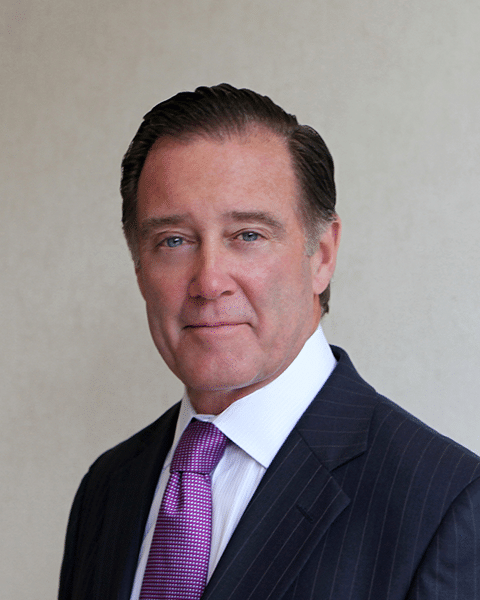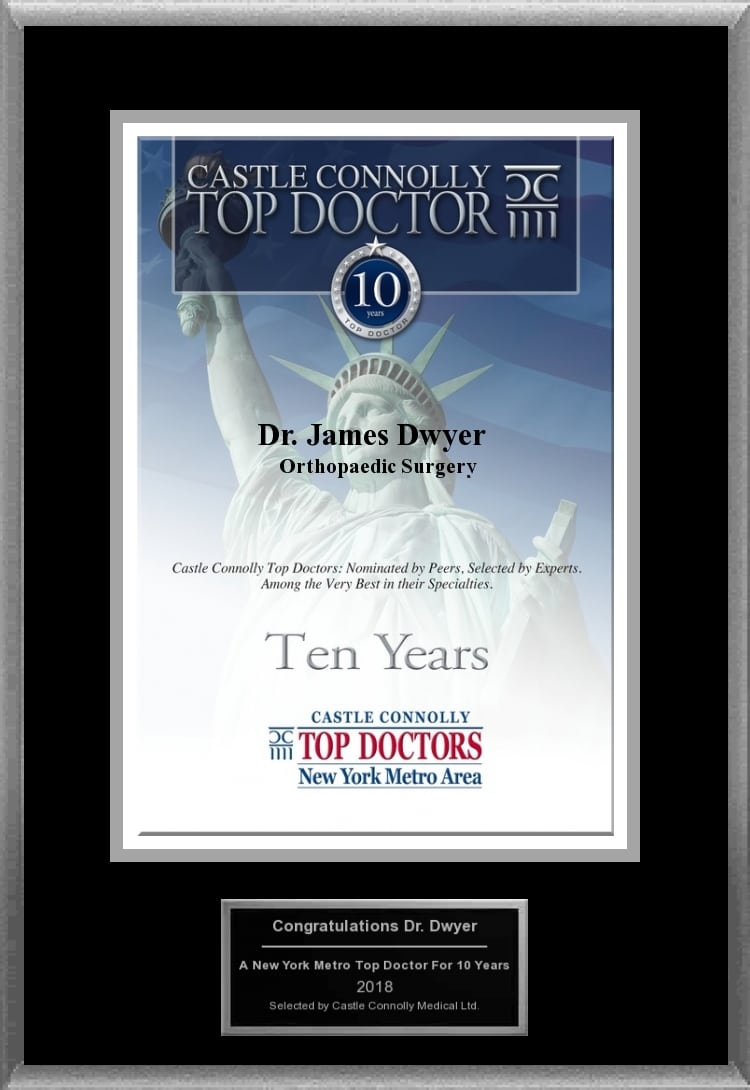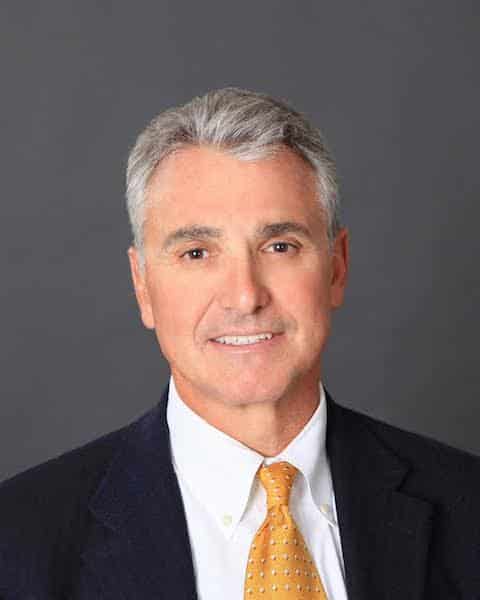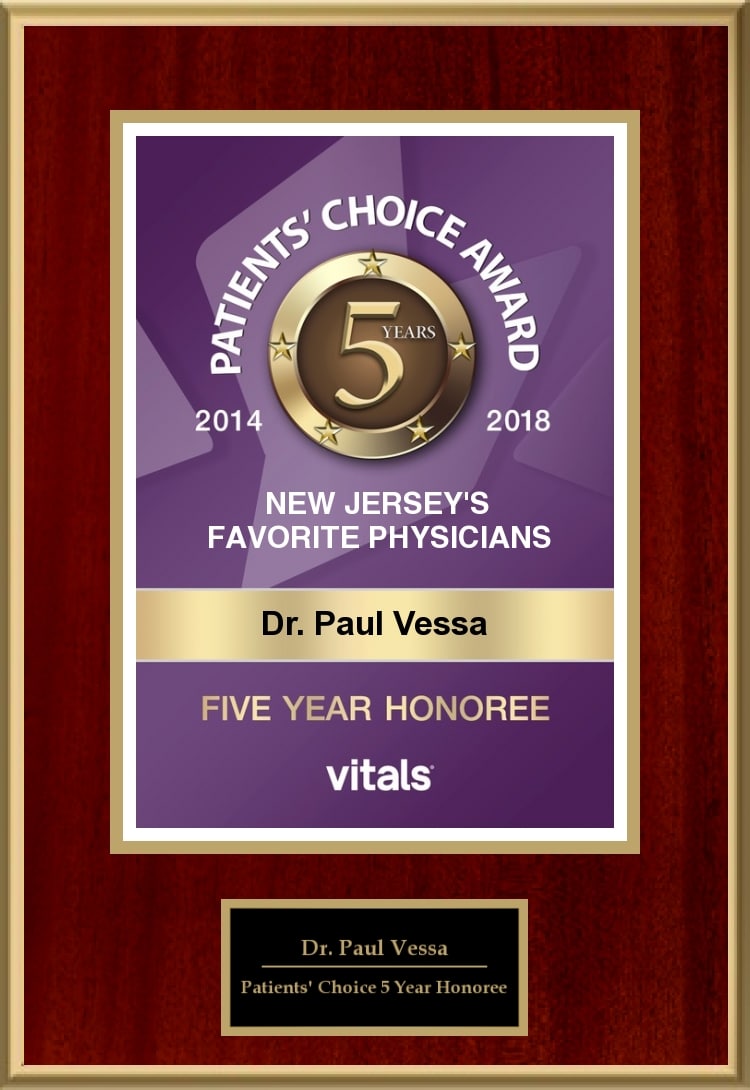Back Pain Treatment In New Jersey
Bedminster, NJFortunately, there are several treatment options available for back pain, ranging from physical therapy and pain management to surgery. If you’re experiencing back pain, the doctors at New Jersey Spine Institute can help.
Lower Back Pain
Your lower back is the part of your back located below your lowest rib and above your sacrum bone. The lower back consists of your lumbar spine (The L1 to L5 vertebrae), intervertebral discs, nerves, muscles, ligaments, and blood vessels. Lower back pain is quite common. You may experience lower back pain due to injuries to muscles or tendons, arthritis, fractures, and/or a number of other conditions. Most people experience lower back pain at some point in their lives. Clinicians divide lower back pain into three categories: Acute pain, subacute pain, and chronic pain. Aside from strains, sprains, fractures, and other injuries, there are several conditions that may cause lower back pain, including:
- Sciatica:
- A condition which occurs when the sciatic nerve has been pinched or injured. Sciatica is often caused by a herniated disc or bone spurs.
- Lumbar Spondylolisthesis:
- A condition in which one of your vertebrae slips out of place, moving on top of the vertebrae below it. There are several different causes of spondylolisthesis; the severity of the condition can vary dramatically depending on the cause.
- Sacroiliitis:
- An inflammation of the sacroiliac joints; these joints are located where the spine meets the pelvis. The condition is most often caused by arthritis.
Middle Back Pain
The middle back is an area which starts at your lowest rib and moves up to the base of your neck. The mid back consists of the thoracic spine (the T1 to T12 vertebrae), intervertebral discs, nerves, muscles, ligaments, and blood vessels. Middle back pain is somewhat rarer than low back pain or upper back (neck) pain. Injuries to the muscles and tendons, arthritis, and fractures can all cause pain in the mid back, as can a number of other conditions. Like low back pain, clinicians divide middle back pain into acute, subacute, and chronic. Several conditions can cause middle back pain, including:
- Thoracic Radiculopathy:
- This condition occurs when a nerve is pinched or injured in your mid back. The condition may be caused by diabetes, a herniated disc, spondylosis, and other health problems.
- Thoracic Facet Syndrome:
- This arthritis-like condition is caused when the facet joints in the spine deteriorate. This degeneration can be caused by wear and tear, physical trauma, repetitive strain, and more.
- Kyphosis:
- Kyphosis is a condition in which the upper back develops an excessive forward curve. Over time, the condition can lead to back pain, fatigue, weakness in the legs, and other complications.
Upper Back Pain (Neck Pain)
Your upper back and neck consist of the areas from the base of the neck, near the tops of your shoulders, to the base of your skull, above the jaw. Vertebrae C1-C7 are found in this area, along with intervertebral discs, nerves, muscles, ligaments, and blood vessels. Neck pain, shoulder pain, and upper back pain can all be linked to health conditions that affect this area of your back. Conditions affecting the upper portion of your thoracic spine can also affect your upper back.
Conditions That Can Affect Multiple Areas
Most health conditions that can affect your back aren’t limited to the upper, mid, or lower back. These conditions may be more commonly seen in some areas (often the lower back), but can be found anywhere in the back.
- Scoliosis
- Radiculopathy (Pinched Nerves)
- Herniated Discs
- Degenerative Disc Disease
- Spondylosis
- Degenerative Disc Disease
- Arthritis
- Vertebrae Fractures
- Spondylolysis
- Spinal Stenosis
- Ankylosing Spondylitis
Frequently Asked Questions
What Are the Symptoms of Back Pain?
What Are the Risk Factors for Back Pain?
What Are the Causes of Back Pain?
What Are My Back Pain Treatment Options?
What Are the Possible Complications?
What Is the Epidemiology of Back Pain?
Low back pain is the most common type of back pain; cumulatively, all types of back pain affect about 4 in 5 Americans at some point in their lives.
When Should I See a Doctor for Back Pain?
- Your pain is intense.
- There are other symptoms, like numbness or weakness, accompanying your pain.
- Your pain is adversely affecting your day-to-day life.
- The pain has spread, and you’re experiencing arm pain, leg pain, or other pain in surrounding areas.
- The pain is chronic or subacute—any back pain that has lasted for more than a few days, even if it’s mild, can be a symptom of a more serious condition.
What Are the Latest Advancements in Back Pain Treatment?
Meet The New Jersey Spine Institutes
Prestigious Team of Spine Specialists
Our Doctors Have Been Continuously Awarded





